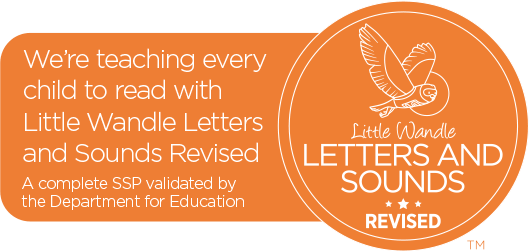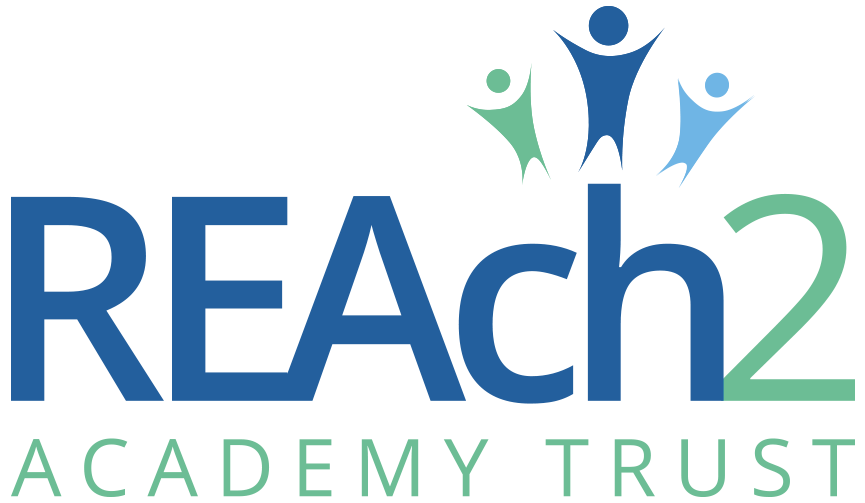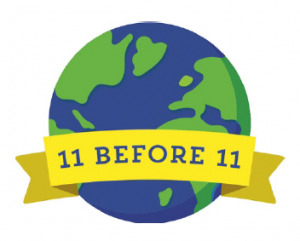Curriculum Overview
In Early Years (Nursery and Reception) we follow the Early Years Foundation Stage Curriculum.
Please click here for details of our Early Years.
For those children in Key Stage 1 (Year One and Year Two) and Key Stage 2 (Years Three to Six) Green Park Village Primary Academy has developed its own curriculum, based on the requirements of the National Curriculum, implemented in September 2014. More detailed information about the curriculum in each year-group can be found under each year group page on the website where curriculum information is published each half-term in order to let parents and carers know what is being covered and how they can support learning at home.
Our Enquiry Approach:
At Green Park Village Primary Academy, we have an Enquiry Approach where we make purposeful links across different curriculum areas in order to make learning meaningful for the children. Parents and carers are also kept informed of changes to our curriculum via information sessions and curriculum evenings throughout the academic year.
Enquiry Approach –Learning Process
Enquiry Overview YR-Y6 –Overview
All content comes from the National Curriculum and this is detailed within all of our school overviews- we have overviews for the subjects within our Enquiry Approach and for each separate subject.
Here is a summary of the coverage of the National Curriculum for Science, History and Geography, linked to our Enquiry Themes. The most up to date documents are held by leaders in school.
Each subject has progressions of knowledge and skills. This ensures a broad and balanced curriculum and that children have full opportunity to be ready for the next step in their learning.
In each unit and lesson there is defined key knowledge and vocabulary which teachers refer to. The key knowledge is shared in ‘Enquiry Organisers’ and the vocabulary in our vocabulary visual target boards. Children see these displayed visually and referenced in input slides and can access these within their learning environment. As a growing school, leaders are developing these as a resource for teachers to use within our YR to Y6 curriculum overview, set out from before we opened our school in September 2020. The school team is happy to share any school documents.
We have ‘How we do’ and ‘Subject contextual’ guides for leaders and teachers.
The ‘exceptional futures’ part of our vision statement ‘Enabling Excellence for Exceptional Futures’ is made meaningful for our children through our ‘I Am A…’ visuals (illustrated for our school) where the children understand that they are ‘doing’ or learning within a subject and learning knowledge, skills and vocabulary and are ‘being’ a role that can be applied to, or be part of future roles and careers.
Green Park Village Primary Academy is developing an explicit focus on ‘Literacies for Life’. All of the five Literacies relate explicitly to communication. Communication is central to learning and all interactions at Green Park Village Primary Academy. The Literacies are rainbow threads which will be woven throughout our curriculum and all learning and experiences in our school.
Our Literacies for Life are:
1/ Literacy- vocabulary, oracy, reading and writing;
2/ Emotional Literacy;
3/ Social Literacy;
4/ Digital Literacy;
5/ Cultural Literacy.
Social and emotional literacy extend from our PSHE (Personal Social and Health Education) and SMSC (Spiritual, Moral, Social and Cultural) approach. PSHE and SMSC form our golden threads throughout our curriculum provision.
Please click on the subject tabs from the Curriculum header tab for the overviews for each subject- further progression documents are held by leaders and the learning and teaching team in school.
Learning and Teaching
Our learning and teaching team understand our Enquiry Approach as detailed here.
Our teachers incorporate our four ‘In Every Lesson’ elements in each lesson and these are adapted to the style of learning in each subject. Consistencies of practice and in our learning environments is important to us as it supports children to be able to focus on, and make links between, the new learning content and experiences.
Phonics and Reading Scheme
Reading is at the heart of our curriculum and this starts with Early Reading development in Reception.
At Green Park Village Primary Academy, phonics is taught following the progression of the Letters and Sounds. The Letters and Sounds programme clearly follows phases of phonic progression throughout the Early Years and Key Stage One. Phonics is taught explicitly daily in Early Years Reception and Key Stage One Year One and, where necessary, in Year Two and KS2, if children do not meet the age-related standard by the end of Year One.
We use the Little Wandle Letters and Sounds Phonics approach as a structure for our phonics lessons which ensures children build on their growing knowledge of the alphabetic code, mastering phonics to read and spell as they move through school. At Green Park Village Primary Academy, we model the application of the alphabetic code through phonics in shared reading and writing, both inside and outside of the phonics lesson and across the curriculum.

We value reading as a crucial life skill, aiming that by the time children leave us, they read confidently for meaning and regularly enjoy reading for pleasure. Our readers are equipped with the tools to tackle unfamiliar vocabulary. We encourage our children to see themselves as readers for both pleasure and purpose. To support this aim, at Green Park Village Primary Academy we use a range of books to meet the needs and interests of our pupils. We have a library containing a range of engaging texts and each classroom has its own reading area, with duplicate copies of these wonderful texts.
The school stocks Big Cats Little Wandle texts (in line with our phonics teaching) and Big Cats fiction and non fiction texts, which follow the Book Bands levelling and run from the Early Years to the end of Key Stage 2. All texts are available online through a Collins subscription and teachers release texts to children.
Children who are taught phonics take home a Big Cats Little Wandle text, which aligns with their phonics learning in school.
Once children have passed the Y1 phonics screening test, they can access the wider range of Big Cats texts at a Book Bands level, assessed to align with their reading development stage. Teachers and children can select their own books as they are at a point in their reading journey to be able to read an appropriately levelled text fluently and accurately with excellent comprehension.
All children take home other reading books- called ‘books to share’, for them to read with their home adults, such as those from our school library or the class reader area.
Teachers also read quality texts to the children on a daily basis. Some of these books are taken from Pie Corbett’s ‘Reading Spine’. These are described as ‘essential reads’, which would be a ‘store of classics, creating a living library inside a child’s mind’. We all remember the joy of escaping into the world of a good book, and it is this love of reading that we wish all children to develop.
Here is our approach in more detail.
Here is the link to Little Wandle’s Parent Guidance online.
Parent guidance can be found here.
The school has clear processes and guidance to ensure consistency of reading practice across the school whilst children are learning to read, for reading records and guided reading.
Reading progression from the National Curriculum.
Writing progression from the National Curriculum.
Maths
Our approach in maths is one which places emphasis on all mathematical areas of the National Curriculum, with an explicit focus on reasoning. Fluency is improved by reasoning about what is already known in in order to work out what it unknown. The ability to reason also supports the application of mathematics and an ability to solve problems set in unfamiliar contexts.
Our progression of knowledge and skills is guided by the NCETM and White Rose Maths scheme. Teachers use a range of resources to support learning in Maths, with a particular focus on the concrete through the use of ‘manipulatives’ (things children can move around and count- these might be cubes, fingers, toys or natural items like shells or pebbles) and the building of conceptual understanding through the use of images (pictures, diagrams and visual models- examples being a blank bar, a blank number line or Numicon).
Calculation Policy- Addition and Subtraction
Calculation Policy- Multiplication and Division
Further details are on the year group pages.
REAch2’s 11 before 11 promises are integrated throughout our curriculum:


11 BEFORE 11 Info for parents & websites
Here is the REAch2 11 before 11 video
11 before 11 at GPVPA?
Here are our selected promises and here is how they are placed across our YR-Y6 Curriculum Overview.
How can I find out more about the curriculum at Green Park Village Primary Academy?
If you have any questions about the curriculum we follow at Green Park Village Primary Academy, please contact the academy who will direct you to the relevant subject leader who will be able to answer your query.